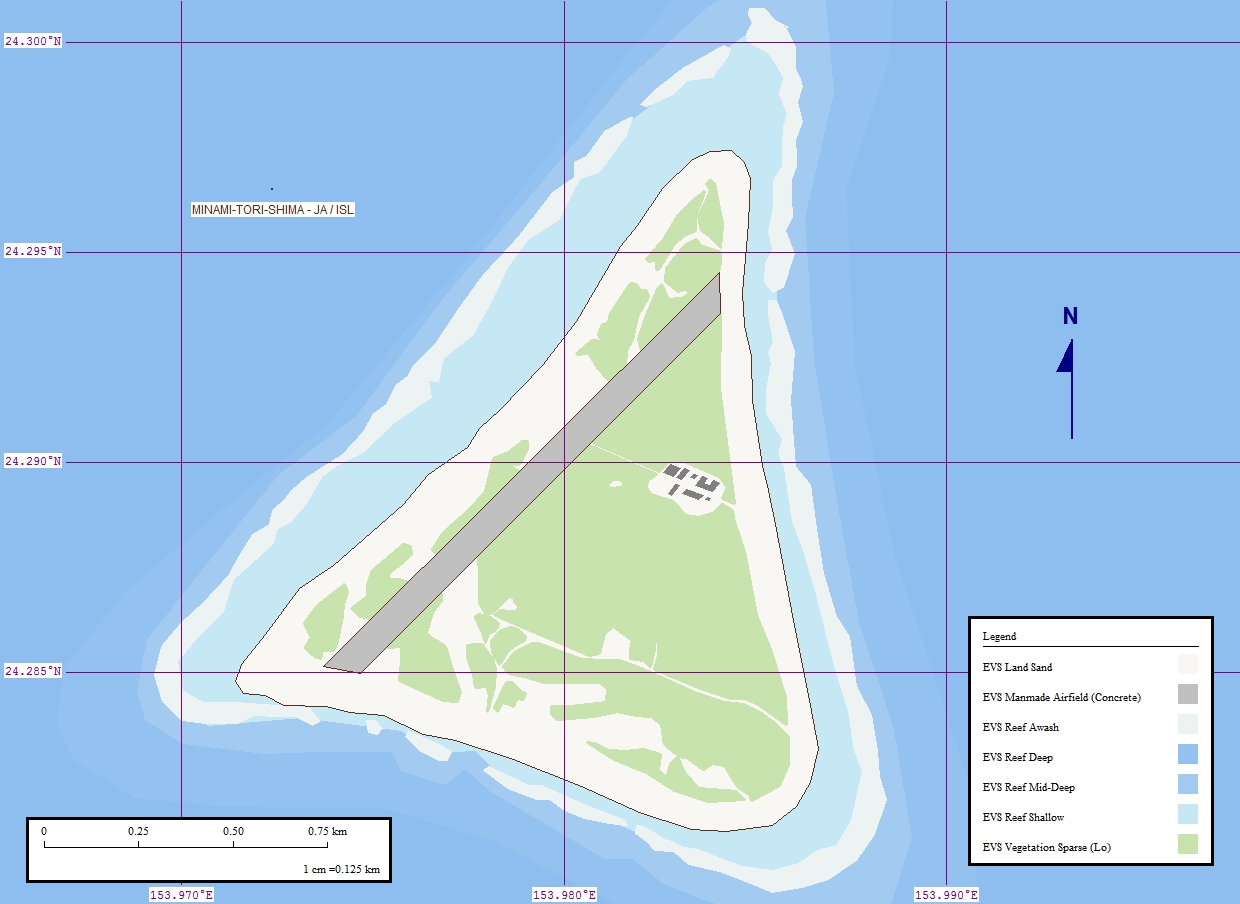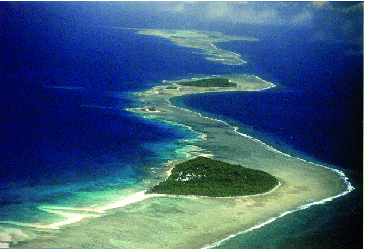|
USS Cowell (DD-547)
USS ''Cowell'' (DD-547), a , was the second ship of the United States Navy to be named for John G. Cowell (1785–1814). ''Cowell'' was launched 18 March 1943 by Bethlehem Steel Co., San Pedro, California, sponsored by Mrs. R. Hepburn; and commissioned 23 August 1943. Central Pacific campaigns Sailing from San Pedro 28 October 1943, ''Cowell'' arrived at Pearl Harbor 2 November to join the Fast Carrier Task Force (then TF 58, later TF 38). From 10 November to 13 December she screened the carriers as they launched air attacks during the invasion of the Gilbert Islands, then sailed from Espiritu Santo for strikes on Kavieng, New Ireland at the turn of the year; and on Kwajalein, Ebeye, and Eniwetok Islands at the close of January. Returning to Majuro, she put to sea for the strike on Truk of 16 and 17 February 1944, then sailed to Pearl Harbor to replenish. ''Cowell'' returned to Majuro 22 March 1944 and rejoined TF 58 for the strikes on Palau, Yap and Ulithi of ... [...More Info...] [...Related Items...] OR: [Wikipedia] [Google] [Baidu] |
Eniwetok
Enewetak Atoll (; also spelled Eniwetok Atoll or sometimes Eniewetok; mh, Ānewetak, , or , ; known to the Japanese as Brown Atoll or Brown Island; ja, ブラウン環礁) is a large coral atoll of 40 islands in the Pacific Ocean and with its 664 people (as of 2011) forms a legislative district of the Ralik Chain of the Marshall Islands. With a land area total less than , it is no higher than and surrounds a deep central lagoon, in circumference. It is the second-westernmost atoll of the Ralik Chain and is west from Bikini Atoll. It was held by the Japanese from 1914 until its capture by the United States in February 1944, during World War II, then became Naval Base Eniwetok. Nuclear testing by the US totaling the equivalent of over 30 megatons of TNT took place during the Cold War; in 1977–1980, a concrete dome (the Runit Dome) was built on Runit Island to deposit radioactive soil and debris. The Runit Dome is deteriorating and could be breached by a typhoon, though ... [...More Info...] [...Related Items...] OR: [Wikipedia] [Google] [Baidu] |
Rota (island)
Rota (Chamorro: Luta), also known as the "Friendly Island", is the southernmost island of the United States Commonwealth of the Northern Mariana Islands (CNMI) and the second southernmost of the Marianas Archipelago. In early Spanish records it is called "Zarpana"; the name Rota may have come from the Spaniards possibly naming the island after the municipality of Rota, Spain. It lies approximately north-northeast of the United States territory of Guam. Sinapalo village is the largest and most populated, followed by Songsong village (Songsong). Rota also functions as one of the four municipalities of the CNMI. History In 1521, the first European to see Rota was the lookout on Ferdinand Magellan's ship ''Victoria'', Lope Navarro. However, Magellan's armada of three ships did not stop until they reached Guam, so the first European to arrive in Rota (in 1524), was the Spanish navigator Juan Sebastián Elcano, who annexed it together with the rest of the Mariana Islands on behalf o ... [...More Info...] [...Related Items...] OR: [Wikipedia] [Google] [Baidu] |
Guam
Guam (; ch, Guåhan ) is an organized, unincorporated territory of the United States in the Micronesia subregion of the western Pacific Ocean. It is the westernmost point and territory of the United States (reckoned from the geographic center of the U.S.); its capital Hagåtña (144°45'00"E) lies further west than Melbourne, Australia (144°57'47"E). In Oceania, Guam is the largest and southernmost of the Mariana Islands and the largest island in Micronesia. Guam's capital is Hagåtña, and the most populous village is Dededo. People born on Guam are American citizens but have no vote in the United States presidential elections while residing on Guam and Guam delegates to the United States House of Representatives have no vote on the floor. Indigenous Guamanians are the Chamoru, historically known as the Chamorro, who are related to the Austronesian peoples of Indonesia, the Philippines, Malaysia, Taiwan, Micronesia, and Polynesia. As of 2022, Guam's population is 168, ... [...More Info...] [...Related Items...] OR: [Wikipedia] [Google] [Baidu] |
Mariana And Palau Islands Campaign
The Mariana and Palau Islands campaign, also known as Operation Forager, was an offensive launched by United States forces against Imperial Japanese forces in the Mariana Islands and Palau in the Pacific Ocean between June and November 1944 during the Pacific War. The United States offensive, under the overall command of Chester W. Nimitz, followed the Gilbert and Marshall Islands campaign and was intended to neutralize Japanese bases in the central Pacific, support the Allied drive to retake the Philippines, and provide bases for a strategic bombing campaign against Japan. The United States invasion force was supported by a massive combat force. The Fifth Fleet was commanded by Admiral Raymond A. Spruance. Task Force 58, commanded by Vice Admiral Marc Mitscher, consisted of 15 carriers, 7 battleships, 11 cruisers, 86 destroyers and over 900 planes. The invasion force, commanded by Vice Admiral Richmond K. Turner, consisted of 56 attack transports, 84 landing craft and ov ... [...More Info...] [...Related Items...] OR: [Wikipedia] [Google] [Baidu] |
Wake Island
Wake Island ( mh, Ānen Kio, translation=island of the kio flower; also known as Wake Atoll) is a coral atoll in the western Pacific Ocean in the northeastern area of the Micronesia subregion, east of Guam, west of Honolulu, southeast of Tokyo and north of Majuro. The island is an unorganized, unincorporated territory belonging to (but not a part of) the United States that is also claimed by the Republic of the Marshall Islands. Wake Island is one of the most isolated islands in the world. The nearest inhabited island is Utirik Atoll in the Marshall Islands, to the southeast. The United States took possession of Wake Island in 1899. One of 14 U.S. insular areas, Wake Island is administered by the United States Air Force under an agreement with the U.S. Department of the Interior. The center of activity on the atoll is at Wake Island Airfield, which is primarily used as a mid-Pacific refueling stop for military aircraft and as an emergency landing area. The runway is the ... [...More Info...] [...Related Items...] OR: [Wikipedia] [Google] [Baidu] |
Marcus Island
, also known as Marcus Island, is an isolated Japanese coral atoll in the northwestern Pacific Ocean, located some southeast of Tokyo and east of the closest Japanese island, South Iwo Jima of the Ogasawara Islands, and nearly on a straight line between mainland Tokyo and Wake Island, further to the east-southeast. The closest island to Minamitorishima is East Island in the Mariana Islands, which is to the west-southwest. It is the easternmost territory belonging to Japan, and the only Japanese territory on the Pacific Plate, past the Japan Trench. Although small () it is of strategic importance, as it enables Japan to claim a exclusive economic zone in the surrounding waters. It is also the easternmost territory of Tokyo, being administratively part of Ogasawara village. There is no civilian population, except personnel of the Japan Meteorological Agency, JSDF, and Japan Coast Guard serving temporary tours of duty on the island. Access The island is off-limits to civili ... [...More Info...] [...Related Items...] OR: [Wikipedia] [Google] [Baidu] |
Pohnpei
Pohnpei "upon (''pohn'') a stone altar (''pei'')" (formerly known as Ponape or Ascension, Proto-Chuukic-Pohnpeic: ''*Fawo ni pei)'' is an island of the Senyavin Islands which are part of the larger Caroline Islands group. It belongs to Pohnpei State, one of the four states in the Federated States of Micronesia (FSM). Major population centers on Pohnpei include Palikir, the FSM's capital, and Kolonia, the capital of Pohnpei State. Pohnpei Island is the largest with an area of , and a highest point of , the most populous with 36,832 people, and the most developed single island in the FSM. Pohnpei is home to the megaliths and ruined city of Nan Madol, built of artificial islands off the island's eastern shore beginning in the 8th or 9th century. An important archaeological site, it was declared a national historic site in 1985. Pohnpei contains a wealth of biodiversity. It is one of the wettest places on Earth with annual recorded rainfall exceeding each year in certain mountai ... [...More Info...] [...Related Items...] OR: [Wikipedia] [Google] [Baidu] |
Satawan
Satawan Atoll is an atoll located about southeast of Chuuk Lagoon proper. Geographically it is part of the Nomoi or Mortlock Islands in the Carolines and administratively it is part of Chuuk State in the Federated States of Micronesia. About 3,000 people live on a land area of A Japanese people, Japanese airfield was located on the atoll during World War II. Administrative divisions Satawan Atoll administratively consists of four of the 40 municipalities of Chuuk State, named after the principal islets: *Satowan (Satawan) (east) *Ta (south) *Kuttu (Kutu) (west) *Moch (More) (north) Satowan and Ta municipalities are statistically grouped with the " Lower Mortlocks", and Kuttu and Moch municipalities with the " Mid Mortlocks". Satawan Atoll had a population of 2,935 . Satawan Atoll is located at and has a total area of (including the lagoon), but a land area of only . History Captain James Mortlock was sailing from Port Jackson to Whampoa in ''Young William'' when he red ... [...More Info...] [...Related Items...] OR: [Wikipedia] [Google] [Baidu] |
Chuuk Lagoon
Chuuk Lagoon, previously Truk Atoll, is an atoll in the central Pacific. It lies about northeast of New Guinea, and is part of Chuuk State within the Federated States of Micronesia (FSM). A protective reef, around, encloses a natural harbour , with an area of . It has a land area of , with a population of 36,158 people and a maximal elevation of . Weno city on Moen Island functions as the atoll's capital and also as the state capital and is the largest city in the FSM with its 13,700 people. Chuuk Lagoon was the Empire of Japan's main naval base in the Pacific War, South Pacific theatre during World War II. It was the site of a major U.S. attack during Operation Hailstone in February 1944, and Operation Inmate, a small assault conducted by British and Canadian forces during June 1945. Name Chuuk means ''mountain'' in the Chuukese language. The lagoon was known mainly as Truk (a mispronunciation of Ruk), until 1990. Other names included Hogoleu, Torres, Ugulat, and Lugu ... [...More Info...] [...Related Items...] OR: [Wikipedia] [Google] [Baidu] |
Ulithi
Ulithi ( yap, Wulthiy, , or ) is an atoll in the Caroline Islands of the western Pacific Ocean, about east of Yap. Overview Ulithi consists of 40 islets totaling , surrounding a lagoon about long and up to wide—at one of the largest in the world. It is administered by the state of Yap in the Federated States of Micronesia. Ulithi's population was 773 in 2000. There are four inhabited islands on Ulithi Atoll. They are Falalop ( uli, Fl'aalop), Asor ''(Yasor)'', Mogmog ''(Mwagmwog)'', and Fedarai ''(Fedraey)''. Falalop is the most accessible with Ulithi Airport, a small resort hotel, store and one of three public high schools in Yap state. Mogmog is the seat of the high chief of Ulithi Atoll though each island has its own chief. Other important islands are Losiap ( uli, L'oosiyep), Sorlen ''(Sohl'oay)'', and Potangeras ''(Potoangroas)''. The atoll is in the westernmost of the Caroline Islands, southwest of Guam, east of the Philippines and south of Tokyo. It is a typ ... [...More Info...] [...Related Items...] OR: [Wikipedia] [Google] [Baidu] |







